SYNOPSIS
“Plot to Kill Douglass” opens at Fordham University in 1968, where DERECK, a passionate 20-year-old Black student, presents his controversial paper on Frederick Douglass, titled “Plot to Kill Douglass,” to his white history professor. His raw, unflinching portrayal of Douglass’s life, culminating in a fictionalized assassination attempt, clashes with the professor’s more traditional view, who accuses him of distorting history.
This confrontation ignites a powerful narrative thread, revealing Dereck’s deep frustration with the sanitized, whitewashed versions of American history taught in academic settings. He argues that the true cost of freedom, the constant danger faced by Black leaders like Douglass, is deliberately erased, setting the stage for the film’s central theme: the urgent need to confront history’s uncomfortable truths. Driven by a desire to make history “real,” Dereck’s perspective becomes the audience’s lens as we are plunged into the perilous world of Frederick Douglass.
This script, taking flight from the true story of Frederick Douglass’s life starting in 1838, seeks to capture the emotional depth of his journey from escaped slave to powerful advocate for freedom. Though informed by historical events and Douglass’s own words, it is a work of fiction, crafted for the screen to explore the multifaceted challenges of his fight against slavery.
The story follows Frederick Bailey’s daring escape from bondage in Maryland, aided by a mysterious stranger who warns him of the dangers posed by slave catchers and their informants, including individuals like Judge Ashby and Colonel Preston. Frederick’s subsequent transformation into Frederick Douglass marks his newfound hope and determination. He discovers his powerful voice as a speaker and writer, captivating audiences with his firsthand accounts of the horrors of slavery. Douglass becomes a key figure in the abolitionist movement, facing constant threats, enduring violence, and navigating the challenges of building a unified movement in the face of overwhelming injustice.
Unbeknownst to Douglass, his every move is being watched by Jasper Croft, a cunning Southern spy who has infiltrated the abolitionist movement. Croft, under the orders of Ashby and Preston, seeks to sabotage Douglass’s efforts and ultimately silence him. Throughout his journey, Douglass grapples with moral dilemmas, questioning the efficacy of peaceful resistance championed by William Lloyd Garrison versus the violent action advocated by John Brown. He makes profound personal sacrifices, leaving his family behind to continue the fight from abroad, his voice reaching across the Atlantic to awaken consciences and rally support. The fight for freedom comes at a heavy cost, with Douglass facing the tragic loss of loved ones.
In the midst of these trials, Douglass finds an unexpected ally in Silas Black, a skilled operative sent by a friend to protect him. Silas, himself a runaway slave, embodies the spirit of resistance and the sacrifices made by many in the fight for freedom. Their shared experiences forge a deep bond of friendship and loyalty. Silas repeatedly risks his own life to save Douglass from danger, becoming a crucial protector and confidante.
As Douglass’s influence and voice grow stronger, so does the animosity of Ashby and Preston. They see him as a personal and political threat, and their strategy escalates from covert surveillance to an orchestrated attack. They fund and orchestrate a plot to assassinate Douglass, culminating in a dramatic climax at Corinthian Hall where Douglass’s life hangs in the balance.
The story culminates with Douglass’s return to Baltimore, a place that once held him captive, now a testament to his resilience and a symbol of hope for a future free from the shackles of slavery.
This fictionalized account, while inspired by historical events, aims to capture the essence of Douglass’s struggle and the indomitable spirit that fueled his fight for freedom. It is a story of resilience, determination, and the unwavering belief in the power of the human spirit to overcome even the most daunting of challenges. It is also a story of the power of friendship and the sacrifices made by countless individuals, like Silas Black, who fought alongside Douglass in the pursuit of liberty.
SHOW CROSS

GHANDHI - 1982
Genres:
Biography, Drama, History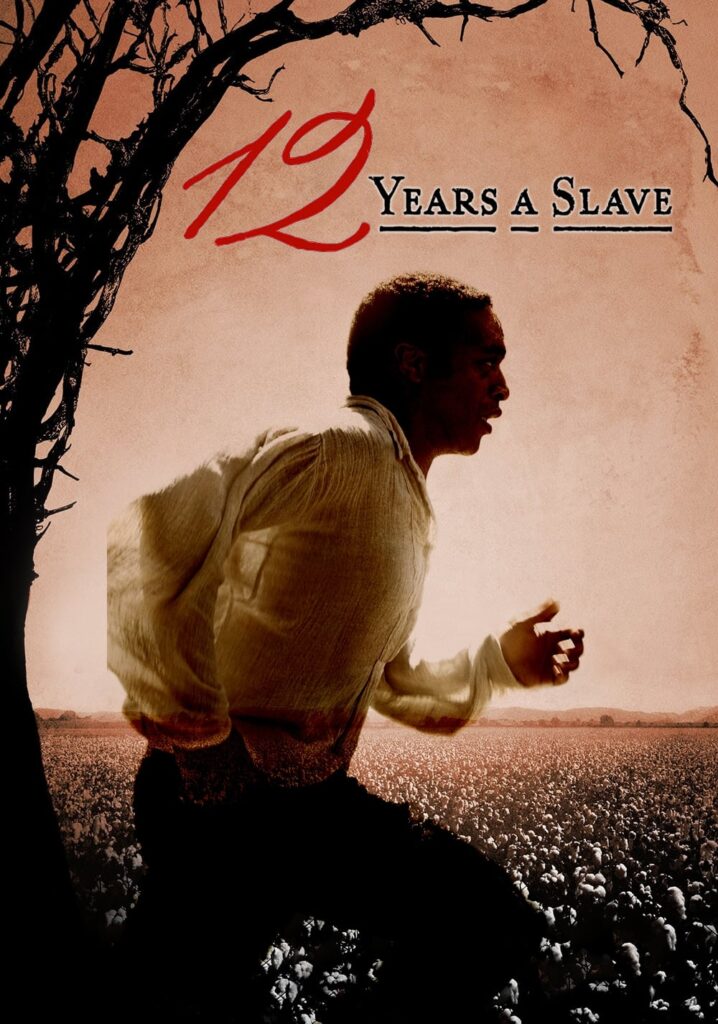
12 YEARS A SLAVE
Genres:
Biography, Drama, History
Frederick Douglass
Main Character
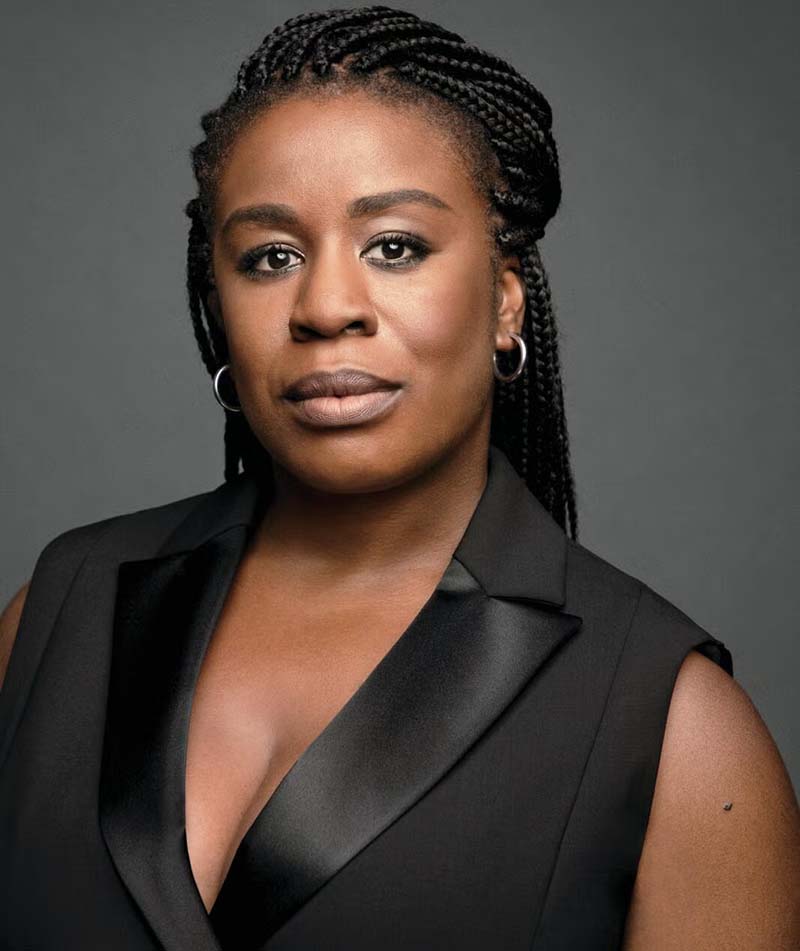
Anna Douglass
Supporting Character
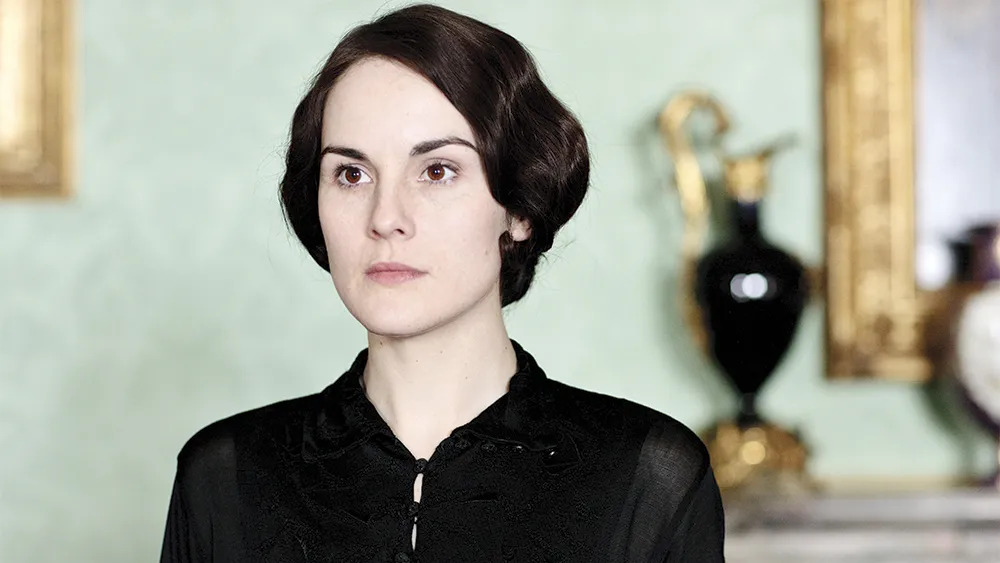
Julia Griffiths
Supporting Character
Disclaimer: “The actor appearing in this film presentation is not affiliated with or endorsed by the production and serve solely to represent the visual aesthetic and character portrayal intended for the respective role.”
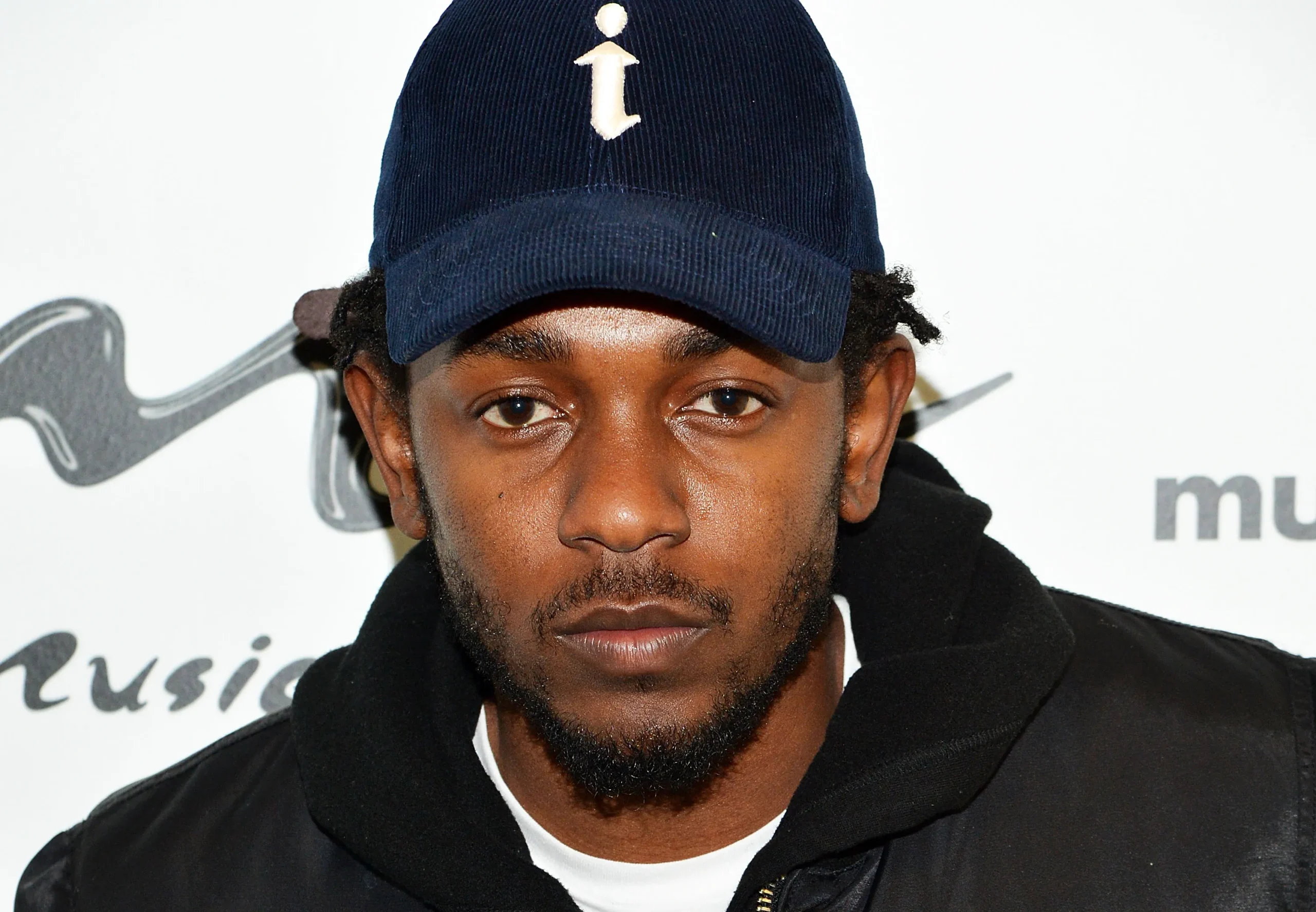
Silas Black
Supporting Character
Disclaimer: “The actor appearing in this film presentation is not affiliated with or endorsed by the production and serve solely to represent the visual aesthetic and character portrayal intended for the respective role.”

Gerrit Smith
Supporting Character
Disclaimer: “The actor appearing in this film presentation is not affiliated with or endorsed by the production and serve solely to represent the visual aesthetic and character portrayal intended for the respective role.”
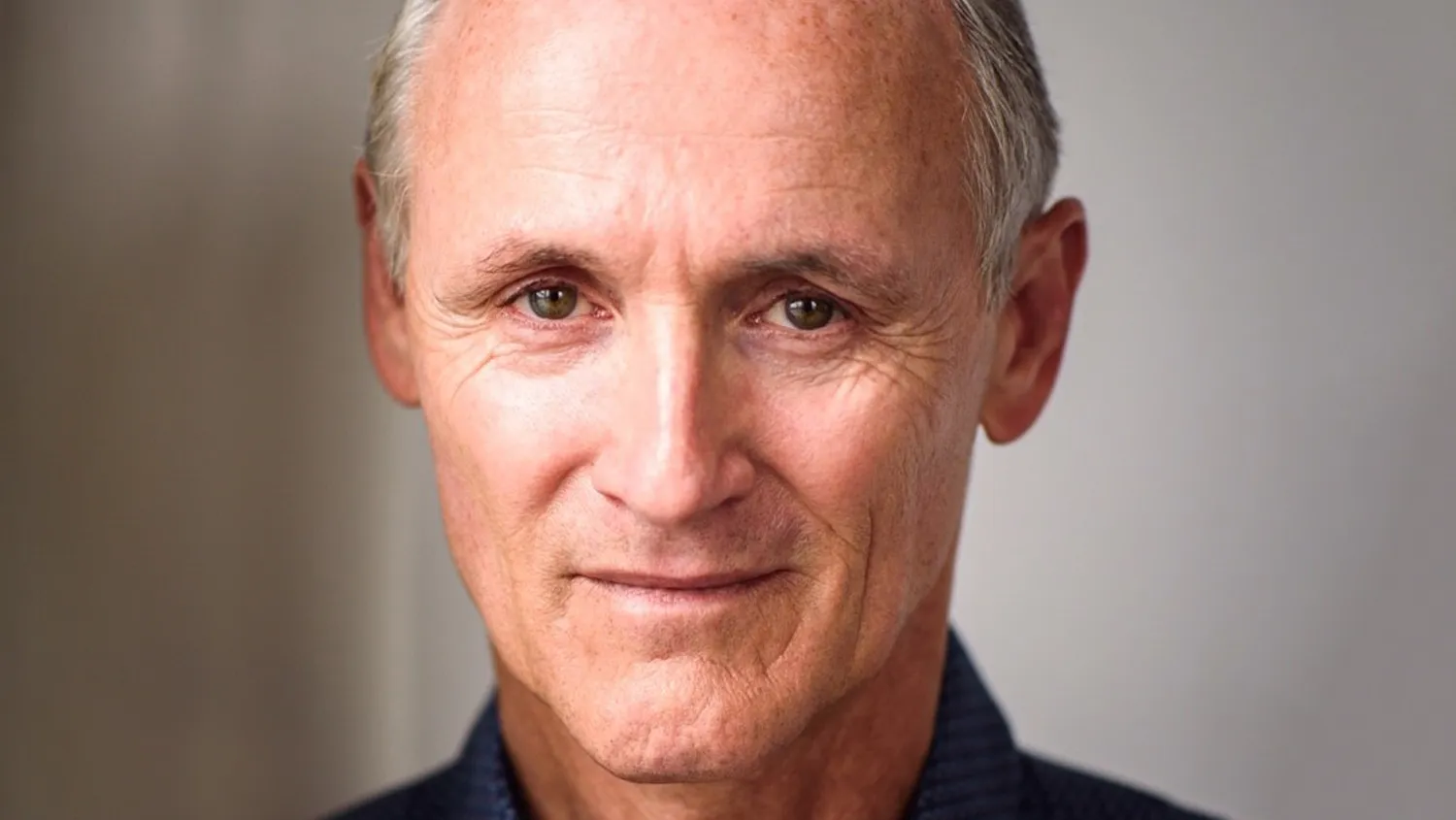
William Lloyd Garrison
Supporting Character
Disclaimer: “The actor appearing in this film presentation is not affiliated with or endorsed by the production and serve solely to represent the visual aesthetic and character portrayal intended for the respective role.”
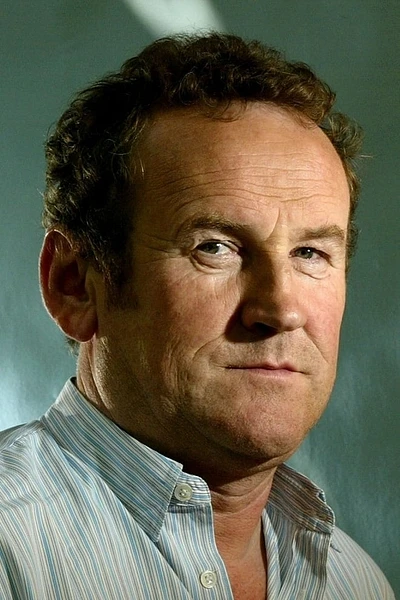
Colonel Preston and Judge Ashby:
Southern slaveholders who embody the brutality and dehumanization of the slave system. They are the driving force behind the attempts to silence Frederick and crush the abolitionist movement.
Disclaimer: “The actor appearing in this film presentation is not affiliated with or endorsed by the production and serve solely to represent the visual aesthetic and character portrayal intended for the respective role.”

Jasper Croft
Supporting Character
Disclaimer: “The actor appearing in this film presentation is not affiliated with or endorsed by the production and serve solely to represent the visual aesthetic and character portrayal intended for the respective role.”
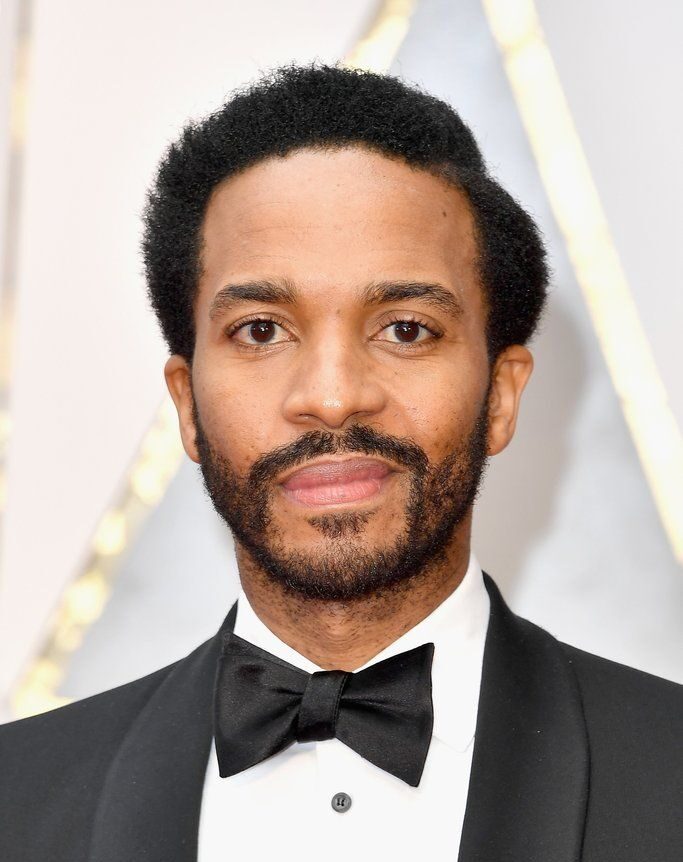
Reverend Jermain Wesley Loguen
Supporting Character
Disclaimer: “The actor appearing in this film presentation is not affiliated with or endorsed by the production and serve solely to represent the visual aesthetic and character portrayal intended for the respective role.”